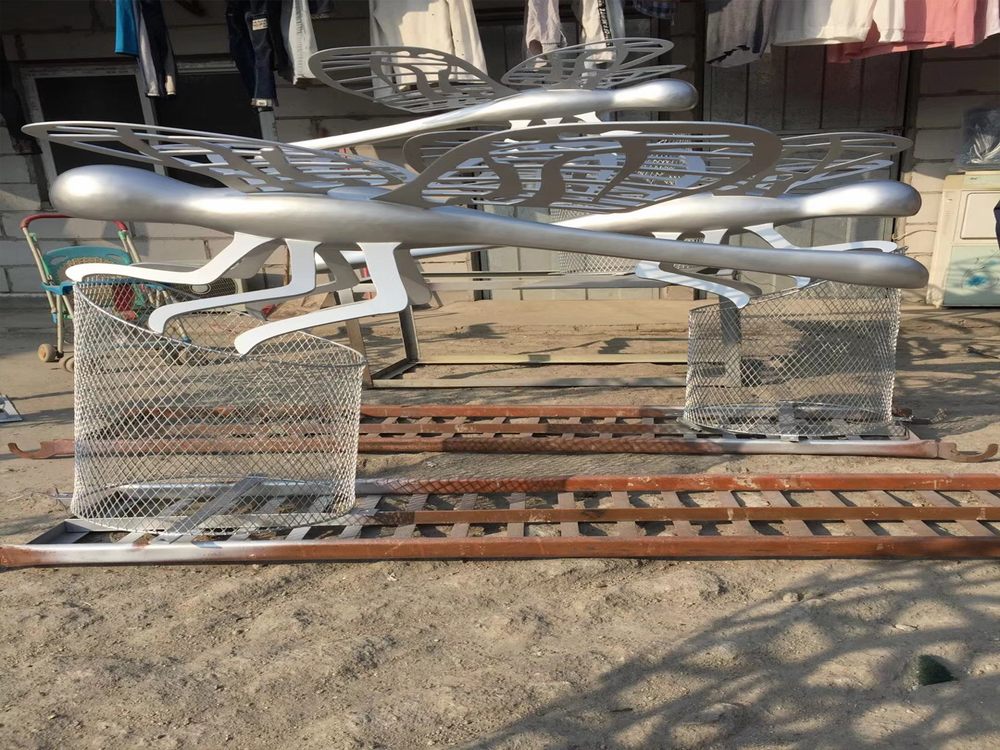
Artists masterfully create contrast between dense and porous stone sections by employing a combination of technical skill and creative vision. The process begins with careful stone selection, choosing materials like marble or limestone that naturally exhibit varying densities. For dense sections, sculptors use precision tools like chisels and grinders to achieve smooth, polished surfaces that reflect light dramatically. In porous areas, they employ techniques like bush hammering or acid etching to enhance the stone's natural texture, creating a tactile and visual counterpoint.
The interplay of tools is crucial – carbide-tipped implements work well for dense zones, while softer tools preserve the fragile integrity of porous regions. Many artists intentionally leave tool marks in porous sections to emphasize roughness, while meticulously sanding dense areas to a high sheen. Lighting also plays a key role; directional illumination exaggerates the textural differences, making the contrast more pronounced.
Contemporary artists often combine traditional methods with modern technologies. Some use 3D scanning to map stone density variations before carving, while others employ sandblasting at controlled pressures to selectively erode porous areas. The most successful works balance these contrasts harmoniously, guiding the viewer's eye through alternating zones of solidity and permeability that tell a visual story about the stone's inherent character.
This artistic approach transforms the stone's natural properties into expressive elements, where the dialogue between density and porosity becomes a fundamental aspect of the artwork's narrative and emotional impact.

